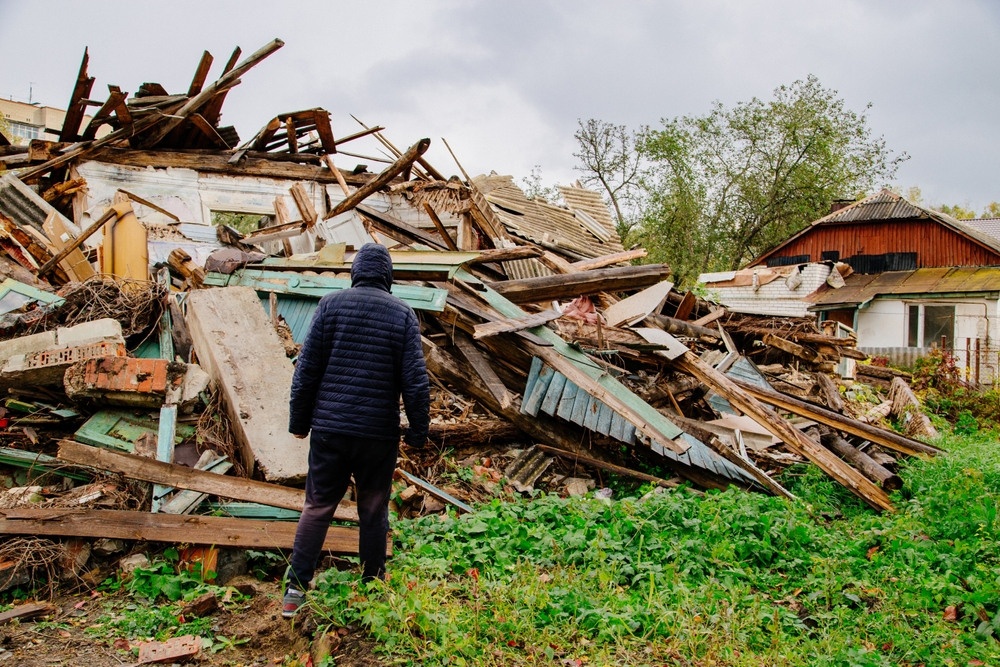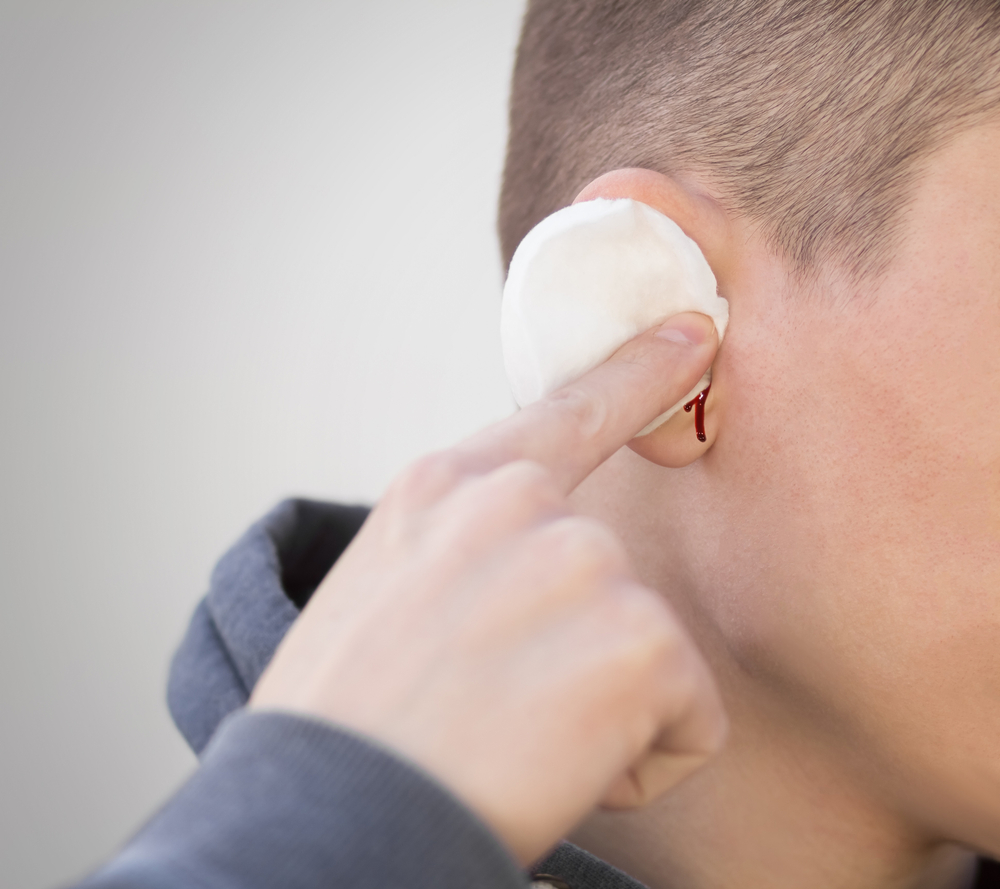With the arrival of spring comes an increase in the potential for natural disasters, from severe storms to flooding and tornadoes. While these events can be disruptive for anyone, individuals with hearing loss face unique challenges when it comes to preparedness and safety. Understanding these challenges and taking proactive steps to ensure you’re ready can make all the difference when disaster strikes. In this guide, we’ll walk you through the essential steps to prepare for a natural disaster, with a specific focus on the needs of those with hearing loss.
Building a disaster-proof emergency kit for hearing loss
When disaster strikes, having the right tools at your disposal can make all the difference. While most emergency kits include basics like food, water, and first-aid supplies, individuals with hearing loss should also prioritize the following specialized items:
- Communication Tools: Always include paper and a pen in your kit. While smartphones and other devices can be useful, they may not always be reliable, especially in the midst of long power outages. Paper and pen are simple, effective ways to communicate during emergencies when verbal communication becomes difficult.
- Backup Hearing Aids: Store an extra pair of hearing aids in a moisture-resistant bag. It’s essential to have a backup in case your primary devices are damaged, lost, or fail due to environmental factors.
- Extra Batteries: Ensure that you have enough spare batteries for your hearing devices, cochlear implants, and other aids. Don’t forget extra batteries for any microphones or assistive communication tools you rely on. Stock up on a variety of sizes, and make sure they’re easy to access.
- Chargers for Power Loss: Invest in portable car chargers, especially for cochlear implant battery packs and mobile phones. A power outage can disrupt your ability to charge your devices, so having backup charging options is vital.
- Waterproof Protection: Protect your hearing devices and spare batteries by storing them in weatherproof bags or containers. Waterproof storage solutions designed for camping gear are perfect for keeping your devices safe from water damage.
Creating a comprehensive emergency contact list
In an emergency, you may not be able to rely on your phone or other electronic devices to get the information you need. It’s crucial to have a hard copy of key contacts, including:
- Local Emergency Services: Have the phone numbers for local fire departments, police stations, and volunteer groups that assist those with hearing loss during disasters.
- Specialized Agencies: Research state and local agencies that provide assistance to individuals with hearing loss. If you live in a city, look into the procedures for contacting the Mayor’s Office Department of Disability for help during emergencies.
- Health and Hearing Support: Keep your doctor’s contact details and your hearing aid provider’s number on hand in case you need urgent repairs or support. It’s also helpful to have a copy of your medical records and hearing aid specifications for reference.
Leveraging technology for enhanced safety and communication
Technology plays a crucial role in improving communication and safety during natural disasters. Here are some technological solutions that can help:
- Severe Weather Alert Systems: Consider investing in receivers that are compatible with the National Weather Service’s severe weather alerts. These devices offer visual or tactile notifications, such as strobe lights or vibrations, to warn you of incoming storms, floods, or other hazards.
- Amplified Telecommunication Devices: Use telephones and other communication devices designed specifically for individuals with hearing loss. These devices enhance sound clarity and may include features like captioning or amplified audio to ensure you’re able to hear important messages, especially during emergencies.
- Visual and Tactile Alerts: Many modern homes and workplaces offer smart devices that provide visual or tactile cues (like bed shakers, flashing lights, or loud alarms) to alert users about emergency situations. These alerts can be particularly important when sirens or loud noises may not be heard.
Developing and communicating your evacuation plan
Creating an evacuation plan is essential for everyone, but it’s especially important for those with hearing loss. When planning for a natural disaster, ensure that your plan accounts for your specific needs:
- Family Coordination: Share your evacuation plan with family members or housemates, making sure everyone is clear on what to do in the event of an emergency. This includes identifying the best routes to exit your home and where to meet up if separated.
- Assistance Needs: Consider any additional accommodations you may need during evacuation. This might include accessible transportation options, or alerting neighbors or emergency responders to your hearing loss.
- Evacuation Tools: If you live in an area prone to severe weather or flooding, equip your home with strobe lights or vibrating alarms to signal evacuations or warnings.
Regularly review and update your preparedness plan
Natural disaster preparedness is not a one-time task. It’s important to review and update your emergency plan and supplies regularly. This ensures that you’re ready for any changes in your health, hearing technology, or local emergency procedures.
Stay safe and be prepared
Being proactive in preparing for natural disasters is essential for everyone, but especially for those with hearing loss. By building a comprehensive emergency kit, utilizing technology, and creating a clear evacuation plan, you can greatly enhance your safety and well-being during severe weather events. Remember, disaster preparedness isn’t just about having the right supplies—it’s about ensuring communication and support in times of need. Regularly update your plan to ensure you’re always ready for whatever comes your way.
If you’re looking for more information on hearing loss preparedness, consider scheduling a consultation with a hearing specialist to help guide you through additional resources and solutions.



